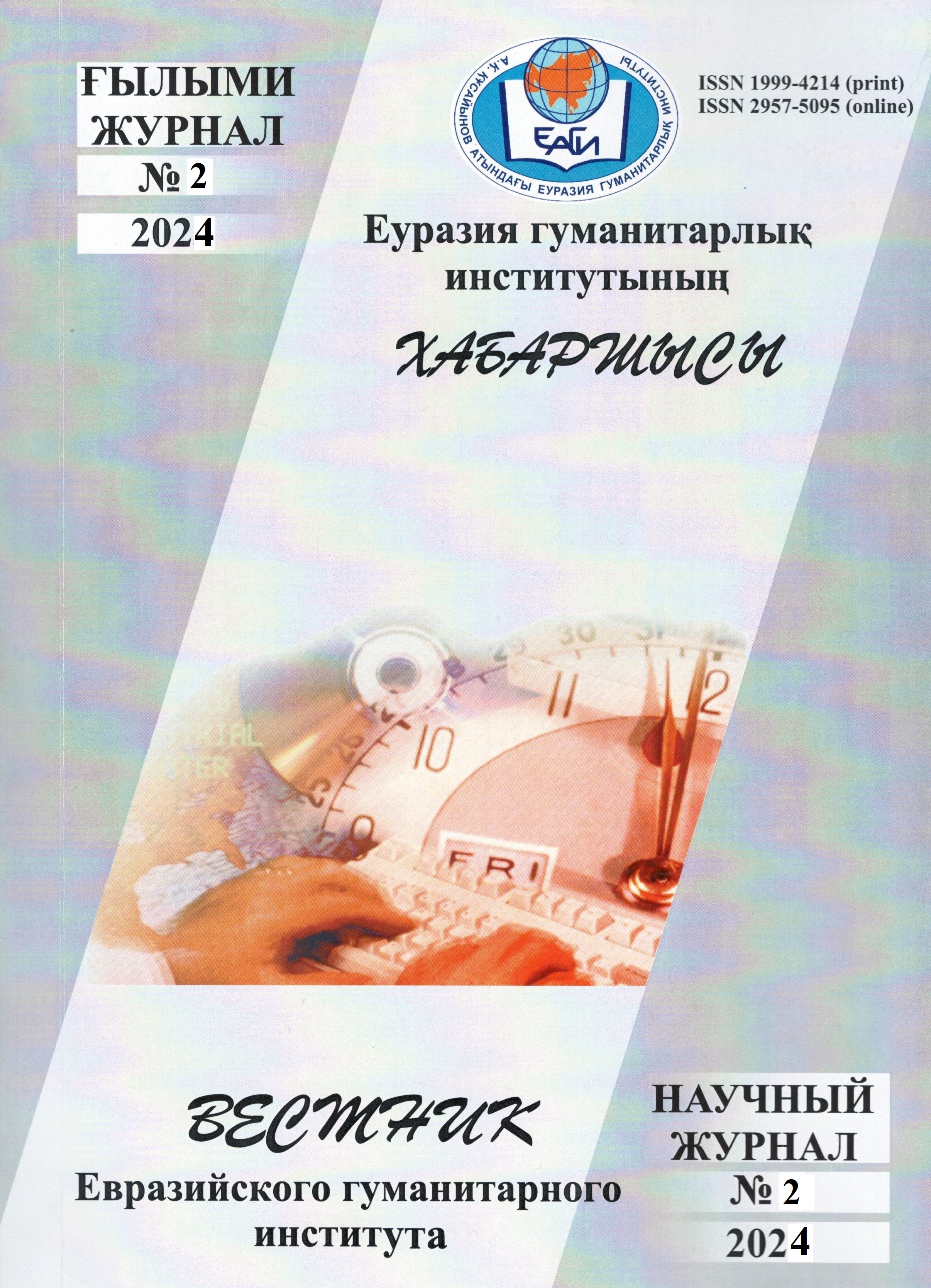TURAGUL KUNANBAYEV’S STRATEGY OF LITERARY TRANSLATION
DOI:
https://doi.org/10.55808/1999-4214.2024-2.%25xKeywords:
Turagul Kunanbayev, Alash-Orda, literary translation, translation transformations, stories, values.Abstract
One of the figures of Alash, recognized not only as a poet, but also as an outstanding translator, is Turagul Abayevich. The article delves into the multifaceted creative legacy of Turagul Kunanbayev, with a special emphasis on his endeavors in literary translation. Kunanbayev, a prominent figure in Alash-Orda, is examined in terms of his stance within literary translation and the stylistic nuances he employed.
The analysis primarily revolves around translation transformations, using specific works such as “The Story of Keesh” by Jack London, “Chelkash” by Maxim Gorky, and pieces by Alexander Neverov like “Marya the Bolshevik” and “I Want to Live”. The approach considers the time period and contemporary demands placed on translation. Various aspects of the translator’s craft— psychological, literary, linguistic, and societal—are taken into consideration.
It is argued that Kunanbayev’s translations were in line with the requirements of their era. Through methods of comparison and contrast, typological patterns are identified, shedding light on the translator’s epistemological and cognitive approaches. Furthermore, Kunanbayev’s translations are scrutinized through the lens of national interests, revealing his distinctive artistic identity.
The comparative analysis concludes that literary translations during the early twentieth century predominantly favored a free approach, as opposed to strict literal translation methods.


